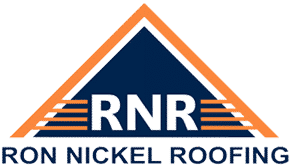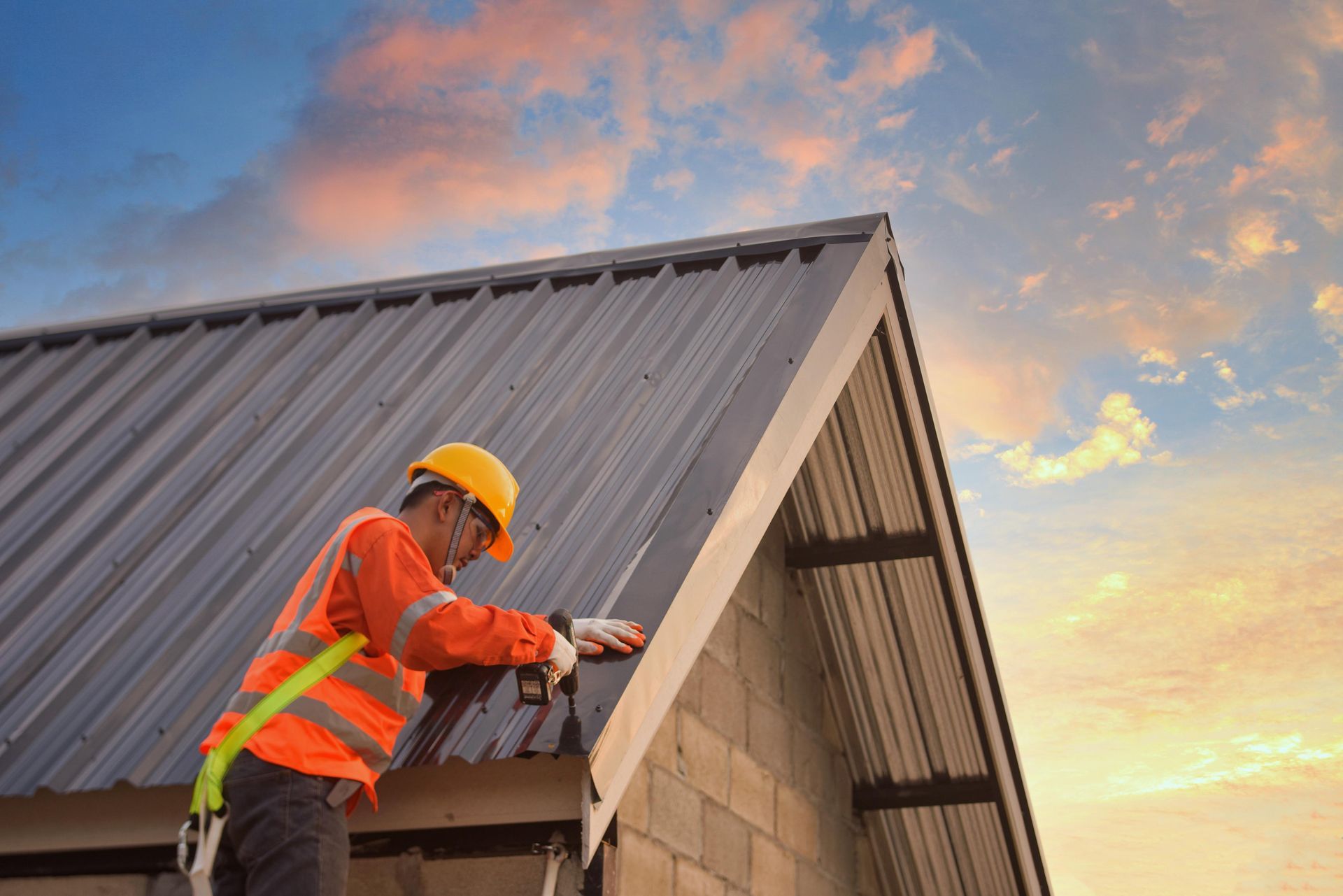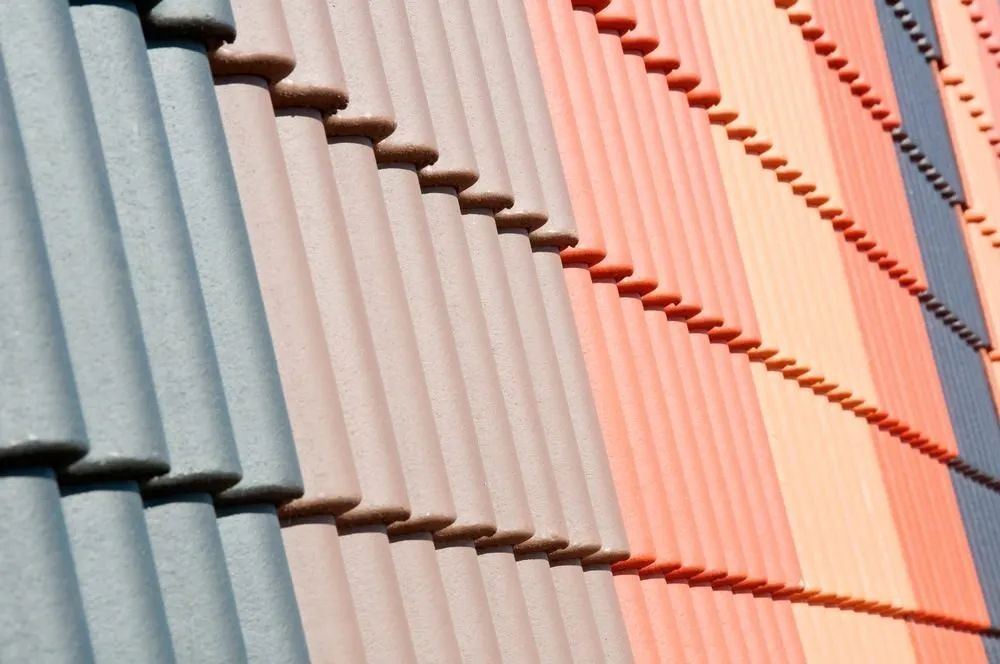Should I Worry About Frost On My Roof?
DIY Roof Repairs Vs Hiring A Professional
Crisp winter mornings often bring a sense of calm and beauty. As you step outside or perhaps peer through your window, the sight of rooftops gently dusted with frost captures the essence of the season. However, amidst this winter scene, a practical thought may cross your mind as you notice the frost on your own roof: Is this frost just a part of winter or does it signal something more concerning? It's a question that resonates with many homeowners. In this blog, we'll walk you through the ins and outs of roof frost, understanding its nature and what it means for your home.
Understanding Frost Formation On Roofs
Frost on roofs is a common occurrence, especially in the cooler months. But what exactly leads to frost formation? Understanding this phenomenon is key to managing its impact on your roof.
The Science Behind Frost
Frost forms when the temperature of your roof drops below the dew point of the air. This usually happens on clear, cold nights when heat escapes from your roof faster than the surrounding air can warm it. The process is similar to the condensation you see on a cold glass on a hot day, but in this case, the cold surface is your roof. Factors like clear skies, low humidity and still air can exacerbate this effect, leading to a more pronounced frost layer in the morning.
Is Frost On Your Roof A Cause For Concern?
While light frosting is generally harmless, persistent or heavy frost can indicate issues like poor insulation or ventilation problems. This can lead to heat escaping from your home, causing the roof to cool down excessively and allowing frost to form more readily. Moreover, if left unchecked, this scenario can contribute to the formation of ice dams, which can cause significant damage to your roof and
gutters.
Therefore, it's wise to monitor the frost patterns on your roof and consider an inspection if you notice any unusual or persistent frost accumulation. Regular checks can help you address potential issues early, ensuring the longevity and safety of your roof throughout the winter season.
The Impact Of Frost On Metal Roofs
Frost formation on
metal roofs can lead to a range of issues, including the expansion and contraction of the metal, which may cause warping or cracking over time. This phenomenon, often exacerbated by fluctuating temperatures, can compromise the roof's structural integrity and lead to potential
leaks.
Additionally, the accumulation of frost can increase the weight burden on the roof, posing risks of damage or collapse, especially in older buildings. As frost melts, it can lead to water accumulation and potential seepage, which might result in rust and deterioration of the metal, further shortening the lifespan of the roof.
Preventive Measures To Protect Your Roof From Frost
Taking proactive steps can significantly reduce the risk of frost damage:
- Regular Inspections: Keep an eye out for signs of wear or damage, especially after severe weather. These inspections can also identify potential vulnerabilities before frost causes any significant damage.
- Adequate Insulation: Ensure your crawl space is properly insulated to prevent heat from escaping. This not only reduces frost formation but also improves overall energy efficiency in your home.
- Proper Ventilation: Good ventilation helps maintain a uniform temperature on your roof's surface. This is crucial in preventing the buildup of ice dams, which can result from uneven roof temperatures.
When To Call The Professionals
If you notice persistent frost accompanied by other signs of damage or are unsure about the condition of your roof, it's time to call in the professionals. At Ron Nickel Roofing, we offer a range of roofing services on the Gold Coast, including roof repairs and replacement. Our team will assess the situation of your roof, identify any underlying issues and recommend the best course of action. Contact us today for more information!











